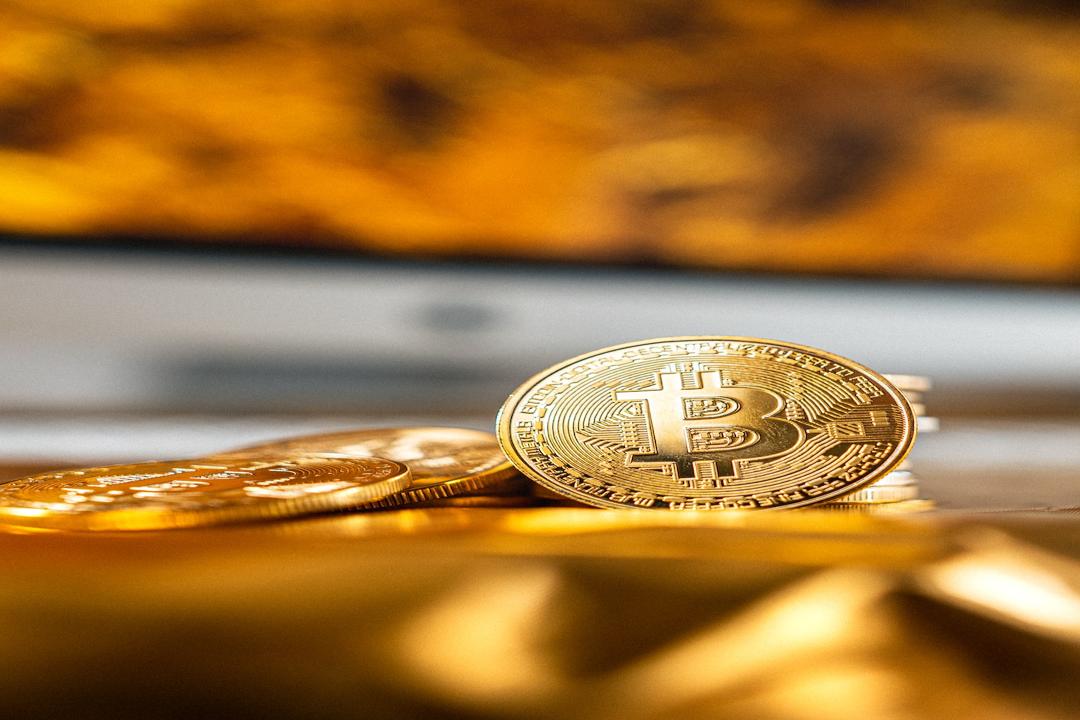The weekend saw a widespread decline in cryptocurrency assets due to the tense situation in the Middle East. However, several Hong Kong financial institutions announced on Monday that they have obtained approval from the Securities and Futures Commission of Hong Kong to issue Bitcoin and Ethereum ETFs. The short-term plunge, coupled with the positive news, provided momentum for a rebound in the overall market. Bitcoin has rebounded nearly 10% from its bottom yesterday, while Ethereum’s rebound is approaching 14%.
However, during this rebound process, there seems to be a difference in behavior between Bitcoin and Ethereum whales, as seen from on-chain data.
Ethereum Whales Enter the Market
According to data from Spot On Chain, after the news of the approved ETF in Hong Kong, eight whales who had previously sold Ethereum for profit have bought back Ethereum. These on-chain transactions took place within 1.5 hours, with a total expenditure of 31.88 million USDT and USDC, purchasing 9,787 ETH at an average price of approximately $3,257.
In addition, information shared by on-chain analyst Yu Yin also indicates that whales who are accustomed to trading with their entire positions have bought back Ethereum. It is reported that this address previously sold 3,017 ETH for 10.24 million USDT at a price of $3,396 before the market plunged on April 13. However, this address got back into the market this afternoon, buying 3,149.8 ETH with the same 10.24 million USDT.
Bitcoin Whales Remain Unmoved
However, in comparison, Bitcoin whales seem to have shown no significant action so far.
According to blockchain analysis company IntoTheBlock’s “Large Holders Net Flow” indicator, wallet addresses that own at least 0.1% of BTC’s circulating supply have added over 3,000 BTC ($198 million) today. This is a significant decrease compared to the nearly 80,000 BTC ($5.3 billion) net inflow on the day after it dropped below $61,000 on March 20.
IntoTheBlock’s data suggests that on-chain whales are adept at timing the market and often choose the best time to accumulate or liquidate tokens. Therefore, tracking the net flow indicator helps understand the thinking of these whales and assess the sustainability of trends. In addition, IntoTheBlock states that the net flow indicator is highly sensitive to wallets of ETFs listed in the United States, and traders should closely monitor ETF flows on Monday.
(Reprinted with permission from GT Radar)
About GT Radar
GT Radar focuses on building a long-term and stable growth quantitative investment portfolio, with over 10 years of experience in stock market and cryptocurrency quantitative trading. The trading system integrates over 150 strategies, aiming to provide high adaptability and flexibility, ensuring profits are obtained from the market in the most robust manner.
Join the GT Radar discussion group
Weekly market analysis report

